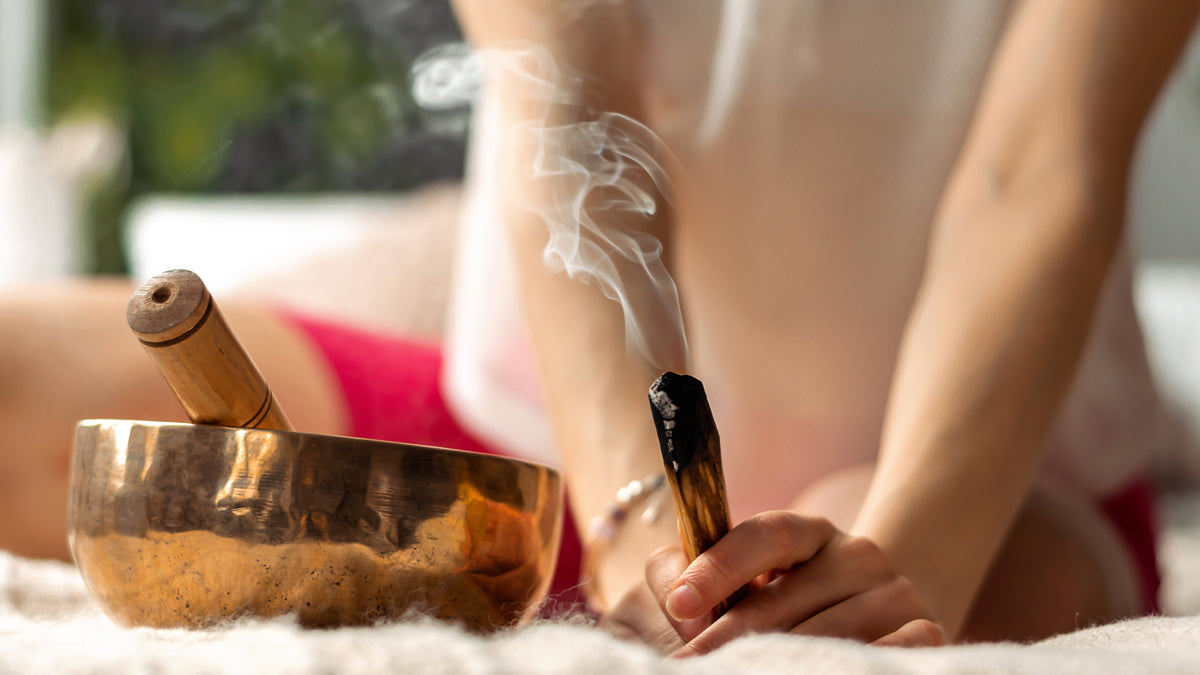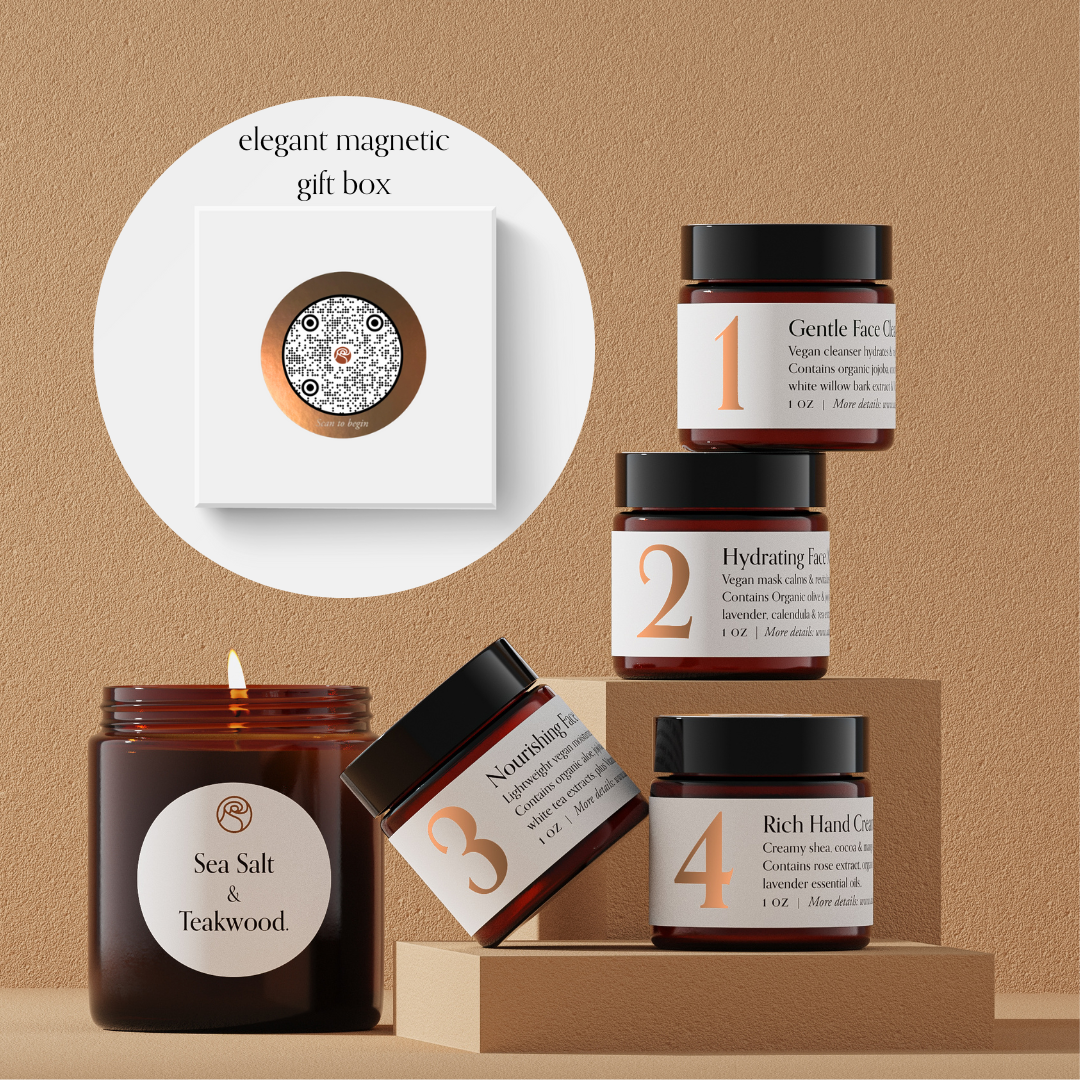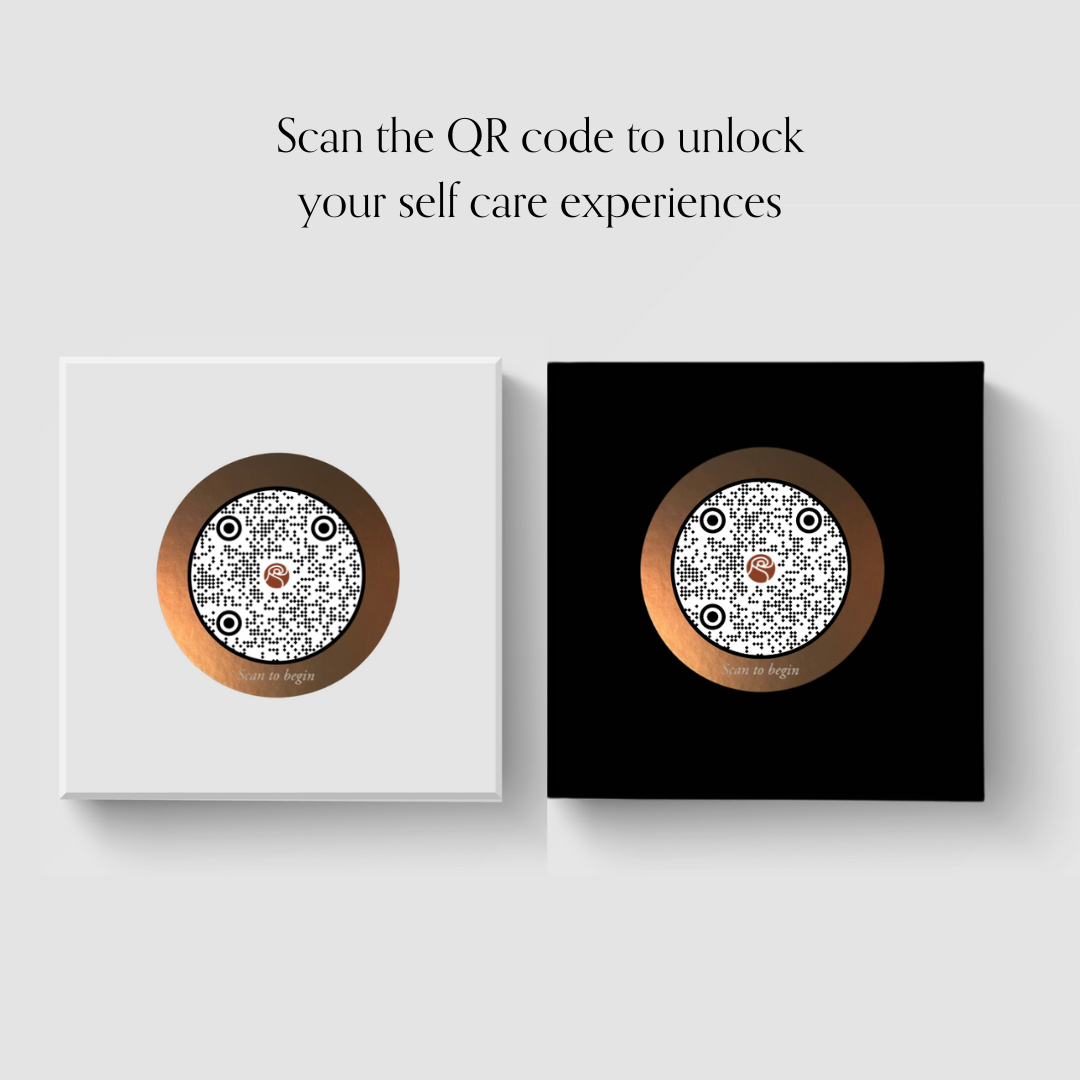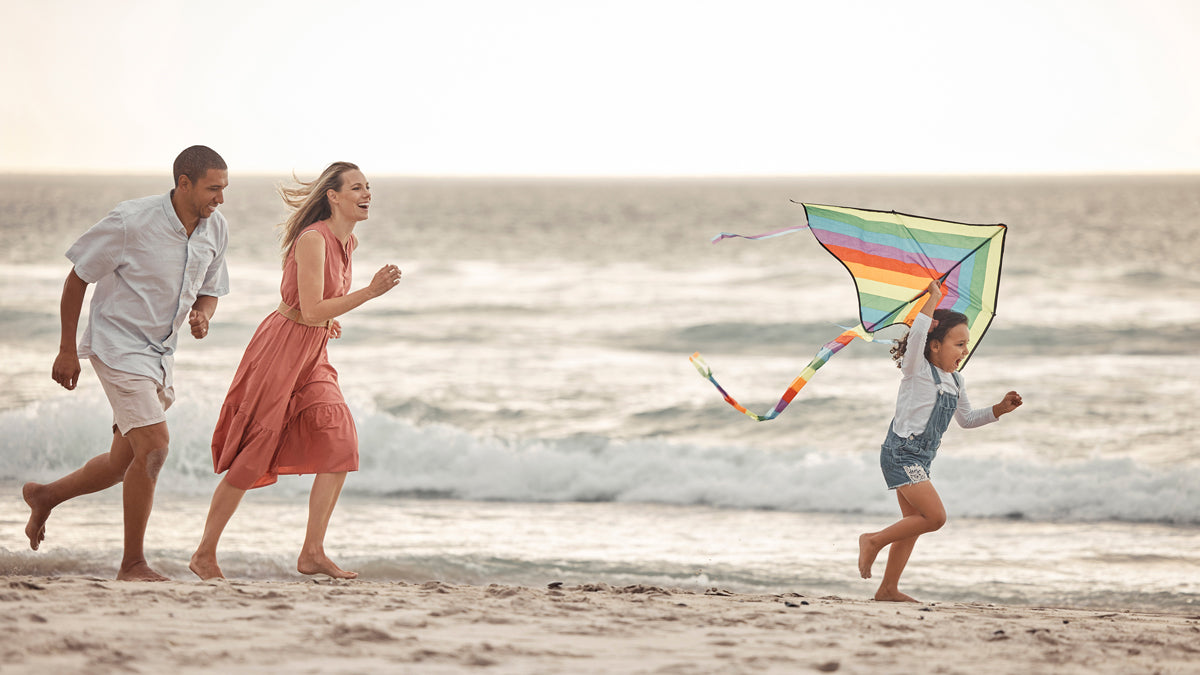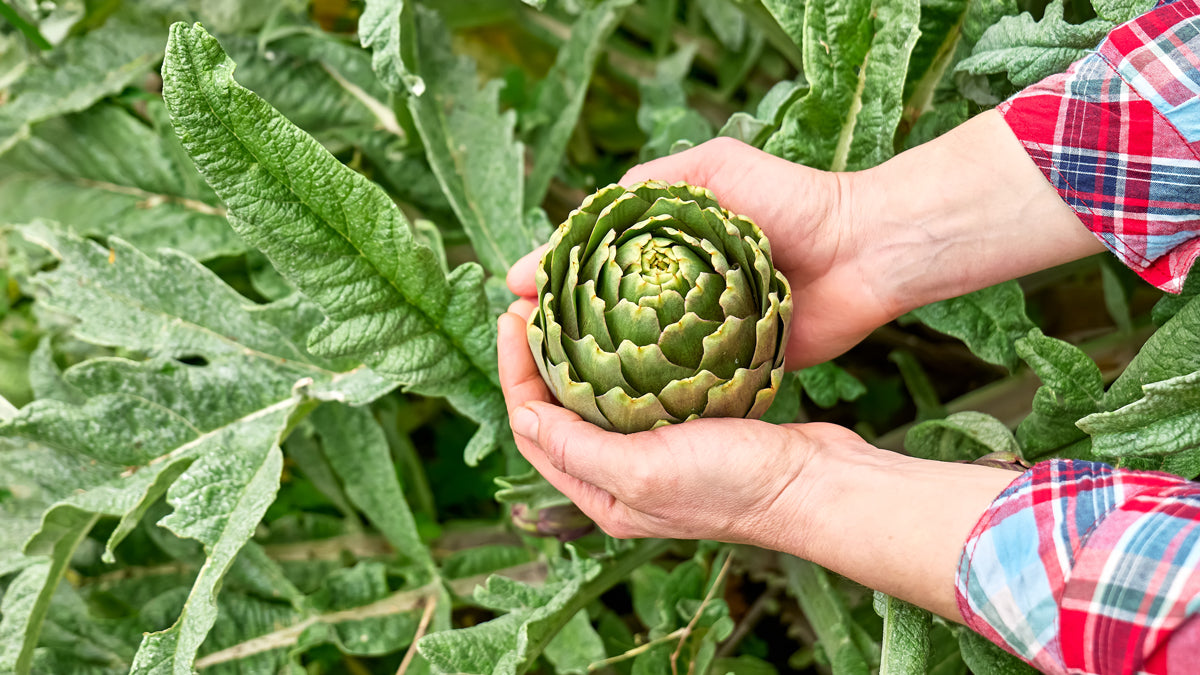"Mindfulness" might be trendy, but it's actually a concept that has been contemplated for thousands of years, starting when Buddhism originated around 400 BCE. Today, experts in mental health preach about the many benefits of being mindful because this approach to life has been shown to lower symptoms of anxiety, depression, and low self-esteem. In short, mindfulness can be a powerful way to practice self care.
How do you start living a mindful life? Mindfulness has become somewhat of a catch phrase, yet many people are still confused about what exactly it entails.
The good news is: being mindful in everyday life isn't complicated; it simply takes effort and consistency, since it requires a change in many habits you probably aren't even aware that you have.
As Mindful.org puts it: "Mindfulness is not obscure or exotic. It’s familiar to us because it’s what we already do, how we already are. It just takes many shapes and goes by many names."
What Does Mindful Living Mean?
Mindfulness is defined as "the quality or state of being conscious or aware of something." Therefore, mindful living is all about paying attention to what's happening around you at any given moment.
This might sound too simple to be beneficial, but it's actually a lot harder than it seems. Our minds are constantly focused on the past or future—for example when we're reminiscing, regretting, or worrying—so to actually be fully absorbed in the present moment is somewhat rare.
Living mindfully is tied to many physical and mental health benefits, mostly because it helps control the release of "stress hormones" such as cortisol, and because it stops our bodies from engaging in a "fight or flight" stress response.
This explains why mindfulness practices are capable of decreasing physical symptoms tied to stress (like indigestion, headaches, or insomnia); enhancing concentration, learning and memory; increasing self-awareness and confidence; and improving communication skills.
What are the main components of a mindful life? Experts break down mindfulness into several key principles, including:
-
Focusing on the present moment, meaning what you're doing, what's happening around you, and even how your body feels (such as tense, tight, comfortable, etc.).
-
Calmly acknowledging and accepting your feelings, thoughts, and bodily sensations without judging them (it's harder than it seems!).
-
Not being overly reactive or overwhelmed; in other words, responding but not automatically reacting to your emotions/thoughts.
6 Ways To Practice Mindful living
1. Be Fully Absorbed In the Moment
If you're not the type who necessarily wants to sit down and meditate everyday, how can you still practice mindfulness? The single most important aspect of mindful living is paying attention to the present moment instead of rehashing the past or worrying about the future.
To do this, you can certainly meditate if you're up for it. If you prefer another method, find cues throughout the day that will help snap you "out of your head" and back into the moment you're living in. For example, you can take a daily walk to unwind, or set a timer on your phone to sit with your eyes closed for five minutes.
Avoiding distractions is another major way to be more present. To do this, put away your phone when speaking with someone so you can actively listen, eat without checking emails or working, and generally avoid multitasking which scatters your concentration.
2. Self-Compassion
Non-judgement, of both others and yourself, plays a role in mindfulness because it's hard to be present when you habitually criticize things all day long. Instead of beating yourself up for every little (or big) mistake, try switching your perspective so you're gentler and more forgiving of yourself.
Also become aware of how the content you consume, such as TV shows or social media, might be affecting how you feel about yourself. Consider spending less time viewing things that make you compare yourself to others, and more time focused on uplifting hobbies like reading or other acts of self care.
This way of life changes your internal self-talk and helps you respond more intentionally to challenging situations. Remember: you're only human and there’s no “right” or “wrong” way to be, think, look, or feel, so be open to being kinder and more accepting of yourself.
3. Journaling
A major component of mindful living is self-awareness. You probably feel like you know yourself well, but truth be told, it can be hard to judge yourself objectively since you live inside of your own head all day.
You can use journaling to ensure that your thoughts, actions, words, and feelings actually align with your goals and values.
By journaling about what's on your mind, such as things that you're feeling fearful or angry about, you're practicing listening to yourself. When you become more honest about your behaviors and gain perspective, you'll respond more thoughtfully to issues that arise.
Journaling is also a great tool for gaining insight about how your actions might affect others, meaning it can improve your communication skills and how you handle conflicts.
4. Gratitude
What is both mindful and positive? Being appreciative of what you already have! When you "count your blessings" daily and turn your attention towards everything that's going right in your life, you'll automatically have a more positive mindset. Studies show that gratitude practices are among the most powerful habits for boosting happiness.
How can you become more grateful? Try keeping a written journal of things you're happy about, writing letters of appreciation to others, taking daily photos of things that bring you joy, or even keeping a folder on your computer where you save positive feedback and uplifting memos.
The bottom line with gratitude is this: life isn’t all about competition or always striving for bigger and better. You can bring more good into your life, improve your relationships, and gain confidence by acknowledging all that you already have right now.
5. Getting Into a "Flow" State
A flow state describes being fully immersed in an activity. When you're in flow, you're only paying attention to what you're doing at that exact moment, which can be anything from exercising to painting.
There are loads of different ways to experience flow, including: cooking, gardening, working out, doing a puzzle or playing a game, playing with a pet, completing a work project with full concentration, being creative, or walking outside while simply taking in your surroundings.
The point is to find activities that strike a balance between enjoyment and challenge, this way they keep your attention and feel rewarding.
6. Mind-Body Exercises
Our bodies have the natural ability to help us relax and become more present if we tap into their potential. Just like we have a "fight or flight" response that is triggered when we're feeling stressed, we also have a "rest and digest" response that does the opposite: it makes us feel calm and centered.
Find moments throughout the day to pay attention to what's happening inside your body and to intentionally slow things down.
You'll allow your nervous system to return to a calm state and generally feel more at ease when you make a habit of engaging in brief mind-body activities. These include: meditation (which can be done while sitting, walking, or laying down), deep breathing exercises, or yoga, just to name a few.
Both the AdaRose Spa in a Box and the AdaRose Work Break in a Box offer support to cultivate more mindfulness into your daily life, whether at home or while at work.

